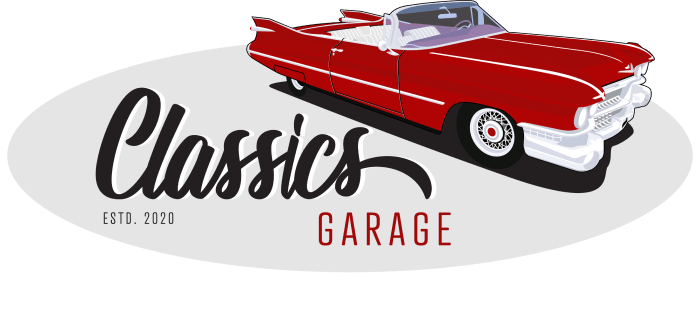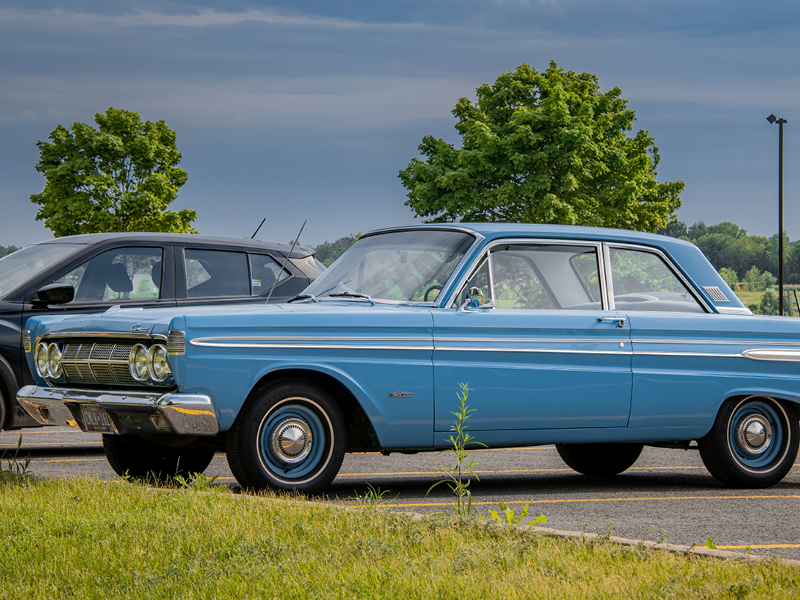First introduced to the American market as a big sister to the Ford Falcon, the Mercury Comet really doesn’t get enough credit for its innovation and legacy.
Although not as well known as some of the other now defunct divisions of the Ford Motor Company, Mercury was first created by Edsel Ford himself in 1938, and served as the medium price brand for Ford to bridge the gap between Lincoln and Ford model lines.
From 1945 until its closure in 2010, Mercury formed half of the Lincoln-Mercury Division of Ford, which served as a combined sales network distinct from Ford for its two premium automotive brands. Through the use of platform sharing and manufacturing commonality, Mercury vehicles shared components and engineering with Ford or Lincoln, with one of its most famous offerings being the Mercury Comet.
The Humble Origins Of The Mercury Comet
Although the economic recession of the 1950s had an enormous effect on the American automotive industry as a whole, it was the medium priced brands that it had the harshest impact on.
While Mercury became fully distinct from the Edsel subsidiary by 1959 and instead partnered up with Lincoln, the new brand’s future still remained at risk, with the Lincoln division alone losing over sixty million dollars between 1958 and 1960. In today’s dollars, it’s close to an eye watering six hundred million dollars – or more than enough to sink a company.
In response, several high level Ford executives proposed ending the losses by streamlining Ford Motor Company down to its namesake division. Robert McNamara, then Ford President, allowed the Lincoln Mercury division to remain, under several conditions.
Lincoln reduced its model line down to the Lincoln Continental to establish model continuity, and the division shifted to a nine-year model cycle – the longest for an American brand at the time. To downsize its body and lower production costs, Mercury was to adopt the Ford body on its own wheelbase. In place of the five divisional bodies produced in 1958 – Ford, Lincoln/Continental, Mercury, large Edsel, small Edsel – Ford trimmed its full-size range to two for 1961, being a Mercury and a Lincoln.
For 1960, Mercury entered the compact car segment – notably a full year before competitors Buick, Oldsmobile, and Pontiac – with the introduction of the Mercury Comet. Originally developed for Edsel, the Comet was sold without Mercury divisional badging for its first two years of production until 1962. As the Mercury counterpart of the Ford Falcon, the new Mercury Comet was given four headlights instead of two, and the standard engine was a 90-horsepower (91 PS; 67 kW) inline-6 – becoming the first Mercury ever sold without a V8 engine.
As with its sibling the Ford Falcon, the Comet was powered with one engine in 1960, the 144 cubic-inch straight-six cylinder powerplant. Dubbed the ‘Thriftpower’ by marketing executives, the engine had a Holley one-barrel carburetor and made 90-horsepower.
However, customers soon complained that the badgeless Mercury Comet didn’t have enough horsepower, even though it was marketed as a compact car. In turn, engineers upped the horsepower of the engine to 101 by increasing its displacement to 170 cubic inches. By 1962, the Comet was officially badged as a Mercury Comet, and received a handful of minor styling upgrades alongside the enhanced engine.
For 1964, Mercury considerably squared off the Comet’s exterior styling for its second generation, making it look like a ‘mini me’ version of the widely popular Lincoln Continental. The 144 CI base engine was replaced with the 170 CI powerplant, and the 289 CI V8 replaced the 260 mill early in the 1964 assembly line.
The Comet’s cousin, the Ford Fairlane Thunderbolt, dominated drag racing’s super stock class. Seeing its popularity on the track, Mercury went on to build fifty high performance Comet Cyclones and campaigned them in the more modified A/FX class with dual carbureted 427 engines, so that the cousins wouldn’t compete against each other. The Cyclones conquered in A/FX, and still hold a special place in the heart of revheads even today.
The Mercury Comet would go on to receive six separate generations of model lines, including the Cyclones. In fact, it was the 1977 Mercury Comet GT that was the last model line to be manufactured, and was then discontinued to make room for the new Mercury Zephyr for the 1978 model year.
Today, Comets are regarded as a favourite amongst classic car collectors for their affordable entry point and diverse model range to choose from. They are also thought to outperform Camaros of all model years in terms of acceleration and fuel economy with a one-litre engine, and are regarded as one of the most underrated classic cars even now.
Your Guide To Everything Classic Cars
Finding a fellow vintage auto enthusiast can feel a bit like finding a needle in a haystack, but rest assured that Classic’s Garage understands the thrill more than most. Having spent forty years collecting anything and everything from matchbox cars to hub caps, he’s successfully followed his passion to source, collect and stock beautiful and low mileage classic automobiles from around the world.
Although his passion is for automobiles built before 1978, with a particular love for Buicks, Cadillacs, Lincolns, Oldsmobiles and even Fords, Wayne is just as passionate about the stories of the owners. If it’s even remotely different, rare or just plain unusual, Wayne will overcome the relevant logistical and geographical challenges of bringing the cars to his showroom in Australia.
Classic’s Garage is a showroom conveniently located at Seventeen Mile Rocks, that specialises in the restoration and sales of vintage automobiles. If you’re on the hunt for Brisbane classic cars – quite simply, Wayne is your man. If you would like to arrange a viewing or inspect any other of our classic vehicles, please get in touch with us today.

